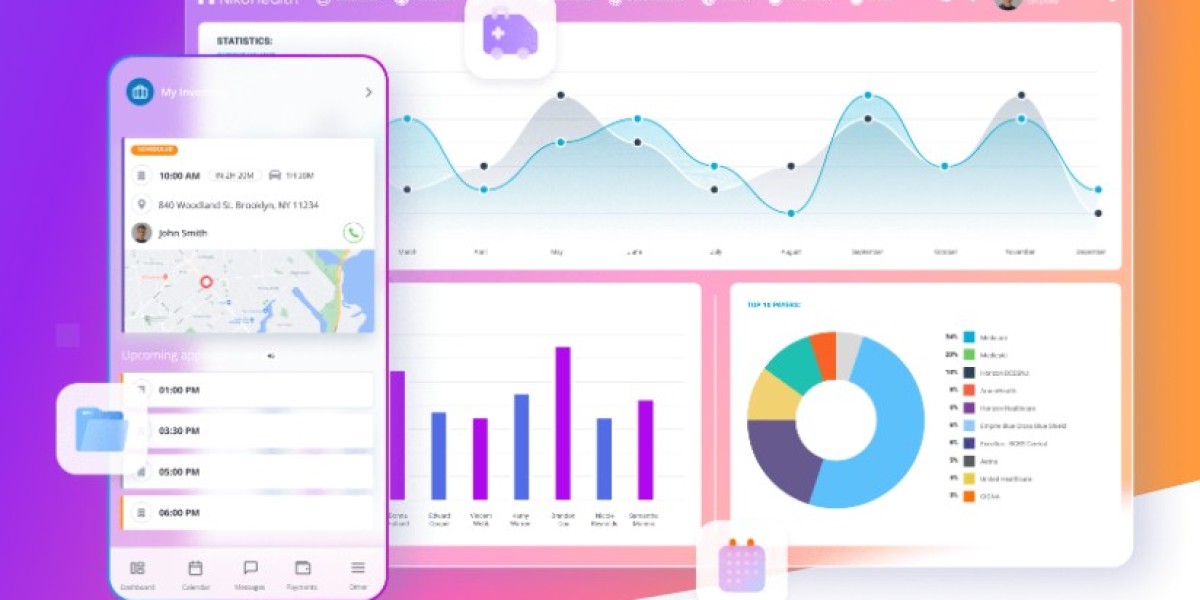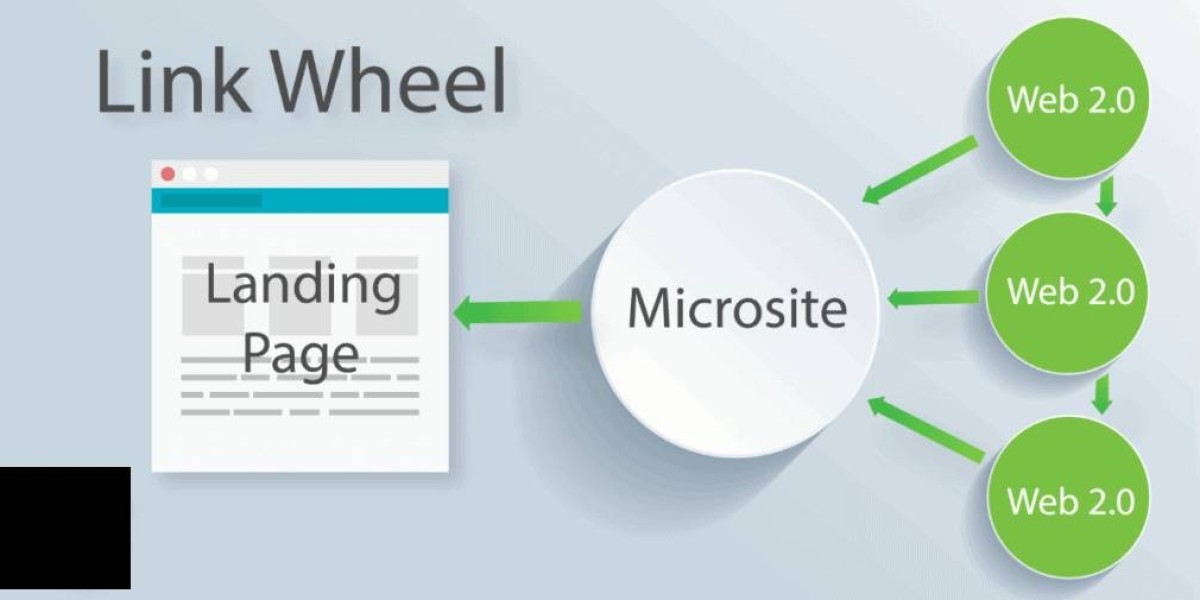From patient registration to the final payment of claims, the revenue cycle encompasses numerous steps, each vital to ensuring that healthcare organizations are compensated accurately and efficiently for their services. Revenue cycle management software (RCMS) plays a crucial role in optimizing this complex process. In this comprehensive guide, we will explore the importance of RCM software, its key features, benefits, challenges, and future trends.
Understanding Revenue Cycle Management
Revenue cycle management refers to the financial process healthcare organizations use to track revenue from patient appointment through to the final payment of the balance. It involves several stages, including:
- Pre-Registration: Collecting patient information before their visit.
- Registration: Recording patient data at the time of their appointment.
- Charge Capture: Documenting the services provided to the patient.
- Coding: Translating services into medical codes for billing.
- Claims Submission: Sending claims to insurance companies or payers.
- Payment Posting: Recording payments received from patients and payers.
- Accounts Receivable Management: Managing outstanding balances and follow-ups.
- Denial Management: Addressing and resolving denied claims.
- Patient Collections: Collecting payments directly from patients.
Efficient management of these steps ensures that healthcare organizations maintain a steady cash flow, minimize claim denials, and improve overall financial performance.
The Role of Revenue Cycle Management Software
RCM software is designed to streamline and automate the various stages of the revenue cycle. By integrating advanced technologies, RCMS enhances efficiency, reduces manual errors, and provides valuable insights into financial operations. Here’s how RCMS impacts each stage of the revenue cycle:
1. Pre-Registration and Registration
RCM software helps in capturing and verifying patient information before their visit. It integrates with electronic health records (EHR) and patient management systems to ensure accurate data entry. By automating the pre-registration process, RCMS minimizes errors and accelerates patient intake.
2. Charge Capture
Automated charge capture ensures that all services provided are documented accurately and billed correctly. The software can integrate with various clinical systems to automatically capture and record charges, reducing the risk of missed or duplicate charges.
3. Coding
Coding is a critical step that translates medical services into billing codes. RCMS includes coding tools that assist in assigning the correct codes to services and diagnoses, ensuring compliance with industry standards such as ICD-10 and CPT. This reduces the likelihood of coding errors and claim denials.
4. Claims Submission
RCMS automates the process of generating and submitting claims to insurance companies. It includes features for electronic claims submission, real-time claim tracking, and validation checks to ensure that claims meet payer requirements. This speeds up the claims process and improves reimbursement rates.
5. Payment Posting
The software streamlines payment posting by automatically reconciling payments received from payers and patients. It integrates with payment processing systems to record payments and adjust patient accounts accordingly. This reduces manual reconciliation efforts and accelerates revenue recognition.
6. Accounts Receivable Management
RCM software provides tools for managing accounts receivable (AR) efficiently. It includes features for tracking outstanding balances, sending automated reminders, and managing payment plans. By improving AR management, healthcare organizations can reduce days in accounts receivable and improve cash flow.
7. Denial Management
Handling denied claims is a crucial aspect of revenue cycle management. RCMS includes denial management tools that help identify trends in claim denials, analyze the root causes, and implement corrective actions. This reduces the frequency of denials and enhances overall claim acceptance rates.
8. Patient Collections
RCM software aids in patient collections by offering various payment options, including online payments and payment plans. It also includes patient engagement tools to facilitate communication and improve collection rates. By streamlining patient collections, healthcare organizations can enhance patient satisfaction and reduce bad debt.
Key Features of Revenue Cycle Management Software
When selecting RCM software, it’s essential to consider its features and capabilities. Here are some key features to look for:
1. Integration Capabilities
The software should seamlessly integrate with existing EHR, practice management systems, and billing systems. Integration ensures data consistency and eliminates the need for manual data entry.
2. Automation and Workflow Management
Look for automation features that streamline repetitive tasks, such as claims submission, payment posting, and appointment reminders. Workflow management tools help optimize processes and improve operational efficiency.
3. Real-Time Analytics and Reporting
Advanced analytics and reporting capabilities provide insights into financial performance, claim status, and revenue trends. Customizable dashboards and reports help organizations monitor key metrics and make informed decisions.
4. Compliance and Security
The software should comply with industry standards and regulations, such as HIPAA, to ensure patient data security and privacy. It should include robust security measures to protect sensitive information.
5. Denial Management Tools
Effective denial management tools help identify patterns in claim denials, automate denial tracking, and facilitate the appeals process. These tools are crucial for reducing denial rates and improving reimbursement.
6. Patient Engagement and Communication
Features that enhance patient engagement, such as online bill pay, appointment reminders, and patient portals, contribute to better patient satisfaction and timely collections.
7. Customization and Scalability
The software should be customizable to meet the specific needs of different healthcare organizations. It should also be scalable to accommodate growth and changing requirements.
Benefits of Revenue Cycle Management Software
Implementing RCMS offers several benefits for healthcare organizations:
1. Increased Efficiency
Automation of manual tasks reduces administrative workload and improves operational efficiency. This allows staff to focus on more strategic activities and enhances overall productivity.
2. Improved Accuracy
By minimizing manual data entry and errors, RCMS ensures accurate charge capture, coding, and claims submission. This reduces the risk of claim denials and payment delays.
3. Enhanced Cash Flow
Efficient management of the revenue cycle accelerates the payment process, reduces days in accounts receivable, and improves cash flow. This contributes to financial stability and profitability.
4. Better Financial Insights
Real-time analytics and reporting provide valuable insights into revenue trends, claim status, and financial performance. This enables organizations to make data-driven decisions and identify areas for improvement.
5. Reduced Claim Denials
Denial management tools help identify and address the root causes of claim denials. This improves claim acceptance rates and reduces revenue leakage.
6. Enhanced Patient Satisfaction
Patient engagement features, such as online bill pay and appointment reminders, improve the overall patient experience. Timely collections and clear communication contribute to higher patient satisfaction.
7. Compliance and Security
RCMS ensures compliance with industry regulations and protects patient data through robust security measures. This reduces the risk of compliance issues and data breaches.
Challenges in Implementing Revenue Cycle Management Software
While RCMS offers numerous benefits, implementing and optimizing the software can present challenges:
1. Cost
The initial investment in RCM software can be significant. Healthcare organizations must consider the cost of software licenses, implementation, training, and ongoing maintenance.
2. Integration Issues
Integrating RCMS with existing systems, such as EHR and practice management software, can be complex. Compatibility issues and data migration challenges may arise during the integration process.
3. Training and Adoption
Staff training and adoption are critical for successful implementation. Ensuring that users are proficient in using the software and adapting to new workflows can be challenging.
4. Data Security and Privacy
Protecting patient data and ensuring compliance with privacy regulations is paramount. Organizations must implement robust security measures and conduct regular audits to safeguard sensitive information.
5. Customization and Scalability
Choosing software that meets specific organizational needs and can scale with growth is essential. Customization and scalability require careful consideration during the selection process.
Future Trends in Revenue Cycle Management Software
The field of revenue cycle management is continuously evolving, driven by technological advancements and industry changes. Here are some future trends to watch:
1. Artificial Intelligence and Machine Learning
AI and machine learning technologies are increasingly being integrated into RCMS. These technologies enhance automation, predictive analytics, and decision-making, improving accuracy and efficiency.
2. Blockchain Technology
Blockchain technology has the potential to revolutionize revenue cycle management by providing secure and transparent transaction records. It can enhance data integrity, reduce fraud, and streamline claims processing.
3. Telehealth Integration
The rise of telehealth services requires integration with RCM software. Ensuring that remote consultations and virtual visits are accurately billed and reimbursed is crucial for maintaining revenue integrity.
4. Patient-Centric Solutions
Future RCMS solutions will focus on enhancing the patient experience through personalized communication, flexible payment options, and integrated patient portals. Improving patient engagement and satisfaction will be a key priority.
5. Regulatory Changes and Compliance
As healthcare regulations continue to evolve, RCMS will need to adapt to new compliance requirements. Staying current with regulatory changes and ensuring software updates will be essential for maintaining compliance.
Conclusion
Revenue cycle management software is a powerful tool that can transform the financial operations of healthcare organizations. By automating processes, improving accuracy, and providing valuable insights, RCMS enhances efficiency and profitability. Despite the challenges of implementation, the benefits of streamlined operations, improved cash flow, and enhanced patient satisfaction make RCMS a worthwhile investment. As technology continues to advance, future trends such as AI, blockchain, and patient-centric solutions will further shape the evolution of revenue cycle management, driving continued improvements in financial performance and operational excellence.









